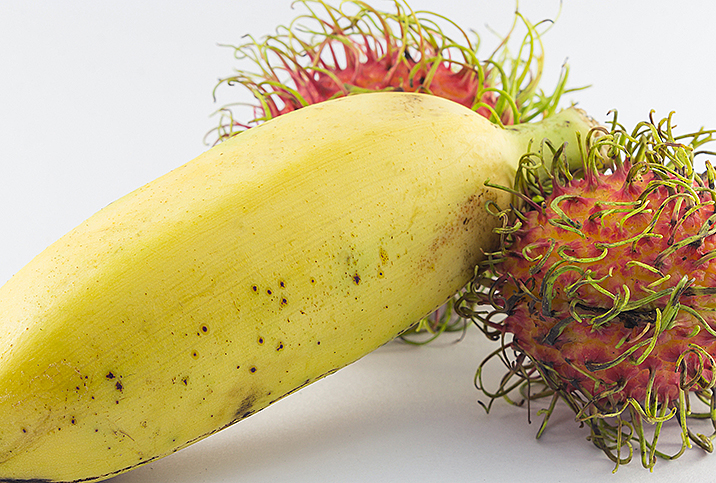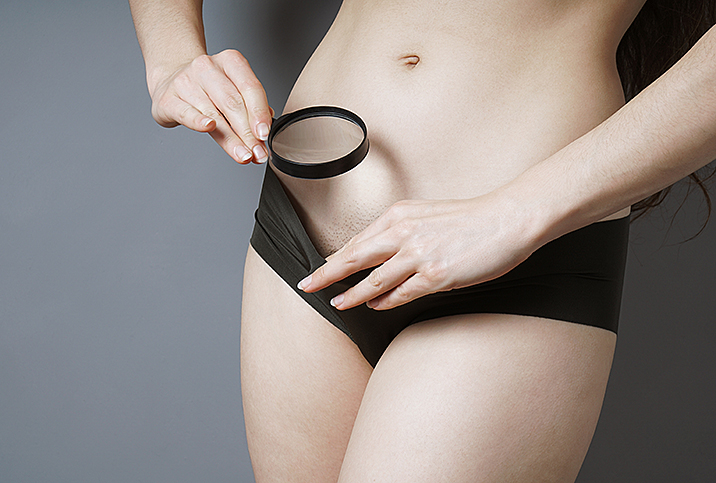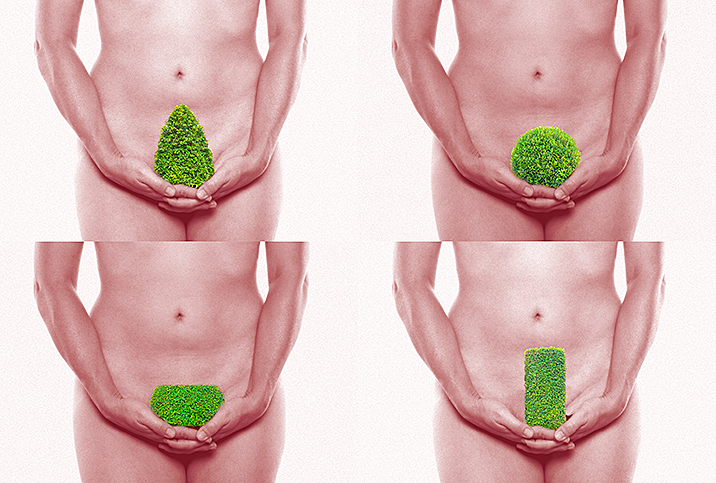How Genital Grooming Is Endangering Pubic Lice

Pubic lice, more commonly known as crabs, are tiny insects found in the genital area of both women and men.
The principal difference between head lice, body lice and pubic lice is where they choose to make their home, but size is another differentiator. If you wanted to quickly tell them apart, the body louse is the largest of the three kinds of insects, closely resembling the smaller head louse; the pubic louse is the tiniest of all.
Pubic lice are spread primarily through sexual contact and can cause a number of problems, primarily severe itching. Additional complications, according to the Mayo Clinic, may include skin discoloration and secondary infections if bites are persistently scratched.
Apparent decline of pubic lice
Bikini waxes and the male personal grooming habit known as “manscaping” have both contributed to knocking pubic lice down a peg, according to many reports. For example, Bloomberg reported in 2013 that the main sexual health clinic in Sydney, Australia, had not seen a woman with pubic lice for more than five years, and male cases had fallen 80 percent in the previous decade.
“Did the ‘Brazilian’ Kill the Pubic Louse?” was the first study dedicated to the impact of genital grooming on the insects. The “Brazilian” is the name given to a type of bikini wax where pubic hair is completely removed from the front of the pubic bone, the external genitals and the anal area. The 2006 study, by Drs. Armstrong and Wilson of the Leeds General Infirmary, a teaching hospital in England, looked at the occurrence of chlamydia, gonorrhea and pubic lice between 1997 and 2003. The study found that the frequency of pubic lice declined significantly when the pubic hair was removed but that other sexually transmitted diseases increased. The authors speculated that pubic hair removal was the main reason for the decline in crabs.
Another study, titled “Pubic Lice: An Endangered Species?”, showed that from 2003 to 2013, researchers saw a drop of incidences of crabs among their patients, from 1.82 to 0.07 percent, just as they noted a rise in patient pubic hair removal, from 33.2 percent to 87.1 percent.
The study concluded: “Increased incidence of hair removal may lead to atypical patterns of pubic lice infestations or its complete eradication as the natural habitat of this parasite is destroyed.”
While declaring a direct correlation between pubic hair removal and the decline of public lice populations, that same study estimated that the incidence of pubic lice infestations was about 2 percent worldwide. Based on those numbers, it’s obvious that public lice are far from becoming extinct.
How to rid yourself of pubic lice
Just to add some practical advice if you do have pubic lice, your goal should be to kill them. Don’t listen to any advice about hot baths or “shaving down there.” The best way to get rid of these critters is to march down to your pharmacy and purchase one of the many over-the-counter treatments that will do the trick. Depending on your preference, these medications come in the forms of shampoo, gel, lotions and foam.
While you’re there, you might also want to pick up a tube of hydrocortisone cream to help with any itching.
As the treatment is working, you should diligently comb your pubic hair to make sure there are no lice eggs left to surprise you later. Always use sheets and towels that can be separated and cleaned after use, and make sure that all of your clothes, sheets and towels go in the dryer for at least 20 minutes on the hot cycle to kill everything.
Most important of all, tell anyone you were intimate with of your condition because they will want to mimic everything you’re doing. You especially don’t want to get those lice back as soon as you’re free of them and ready for sex again.
Of course, if your pharmacy-bought product isn’t effective, your doctor can prescribe something a little stronger. And if you’re pregnant or breastfeeding, make sure your doctor knows what you’re taking.

















